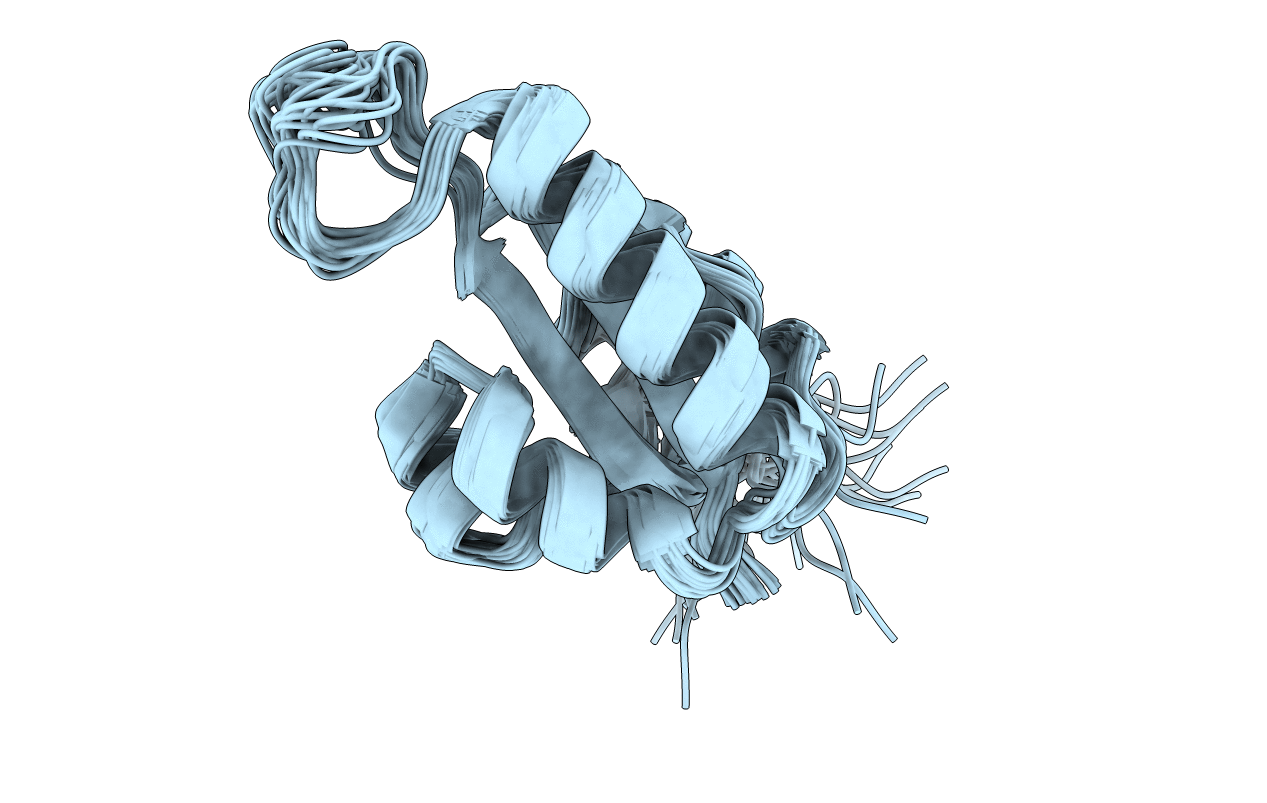
Deposition Date
2008-01-21
Release Date
2009-01-20
Last Version Date
2024-05-29
Entry Detail
Biological Source:
Source Organism:
Staphylococcus aureus (Taxon ID: 1280)
Host Organism:
Method Details:
Experimental Method:
Conformers Calculated:
400
Conformers Submitted:
25
Selection Criteria:
structures with the lowest energy


